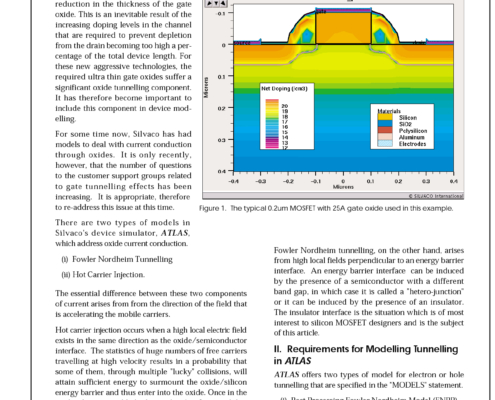
Modelling Tunneling Currents in Ultra Thin Oxides
Ever decreasing minimum geometries in MOSFET design results in a corresponding reduction in the thickness of the gate oxide. This is an inevitable result of the increasing doping levels in the channel that are required to prevent depletion from the drain becoming too high a percentage of the total device length. For these new aggressive technologies, the required ultra thin gate oxides suffer a significant oxide tunnelling component. It has therefore become important to include this component in device modelling.
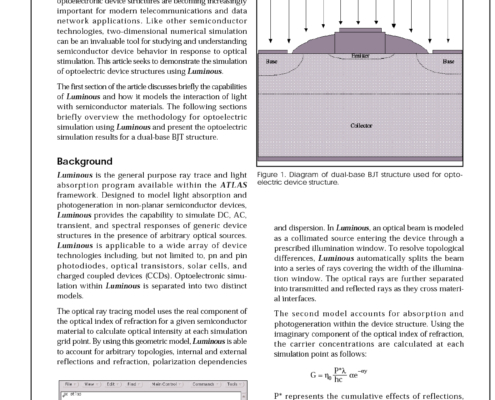
Optoelectric Device Simulation of a Dual-Base BJT Using Luminous
With the continuing emergence of optical technologies, optoelectronic device structures are becoming increasingly important for modern telecommunications and data network applications. Like other semiconductor technologies, two-dimensional numerical simulation can be an invaluable tool for studying and understanding semiconductor device behavior in response to optical stimulation. This article seeks to demonstrate the simulation of optoelectric device structures using Luminous.
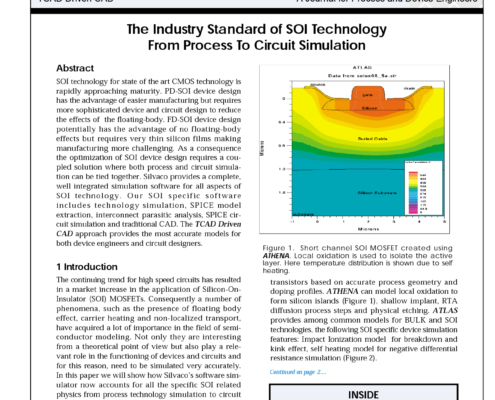
The Industry Standard of SOI Technology From Process To Circuit Simulation
SOI technology for state of the art CMOS technology is rapidly approaching maturity. PD-SOI device design has the advantage of easier manufacturing but requires more sophisticated device and circuit design to reduce the effects of the floating-body. FD-SOI device design potentially has the advantage of no floating-body effects but requires very thin silicon films making manufacturing more challenging. As a consequence the optimization of SOI device design requires a coupled solution where both process and circuit simulation can be tied together. Silvaco provides a complete, well integrated simulation software for all aspects of SOI technology. Our SOI specific software includes technology simulation, SPICE model extraction, interconnect parasitic analysis, SPICE circuit simulation and traditional CAD. The TCAD Driven CAD approach provides the most accurate models for both device engineers and circuit designers.

Hints & Tips October 1999
A. It is likely that there may be some contact problems or defected devices during the data collection. This problem can occur when the log file is open and some good device data has already been stored in the log file. Then it becomes a time consuming process to close the log file, deselect the good devices from the device strategy screen, append the log file and re-measure the device which created the problem.
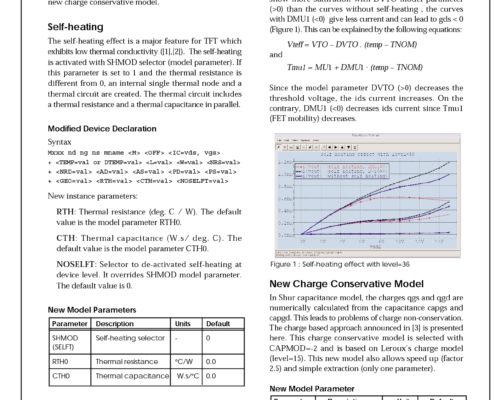
New Improvements in TFT Models: Amorphous (Level=35) and Poly-Silicon (Level=36) TFT
New improvements have been added to Shur models. These enhancements include a self-heating effect and a new charge conservative model.
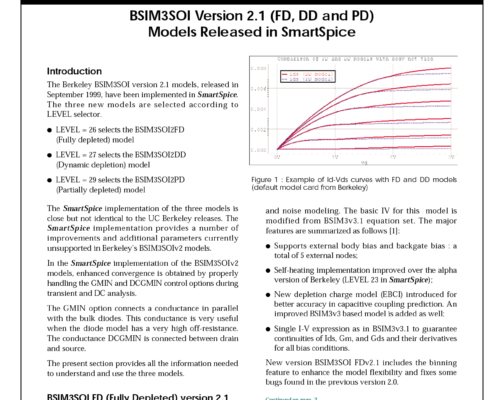
BSIM3SOI Version 2.1 (FD, DD and PD) Models Released in SmartSpice
The Berkeley BSIM3SOI version 2.1 models, released in September 1999, have been implemented in SmartSpice. The three new models are selected according to LEVEL selector.
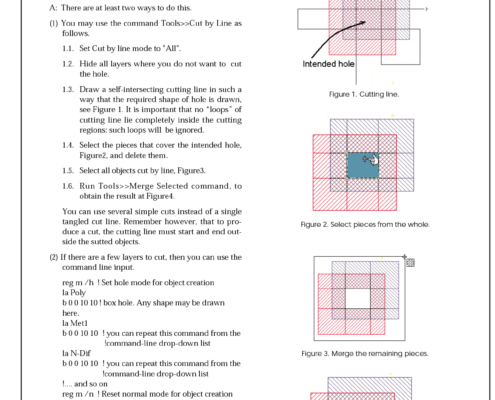
Hints & Tips September 1999
Q: How can I cut exactly the same hole in many layers? A: There are at least two ways to do this. (1) You may use the command Tools>>Cut by Line as follows.
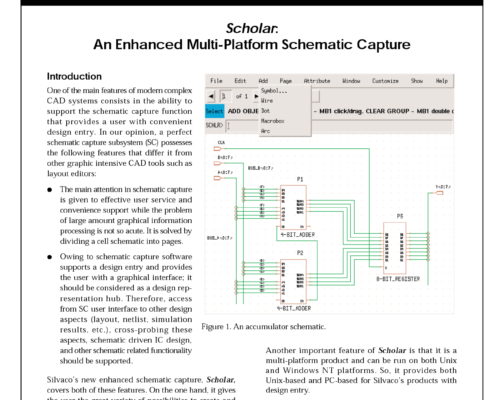
Scholar: An Enhanced Multi-Platform Schematic Capture
One of the main features of modern complex CAD systems consists in the ability to support the schematic capture function that provides a user with convenient design entry. In our opinion, a perfect schematic capture subsystem (SC) possesses the following features that differ it from other graphic intensive CAD tools such as layout editors:
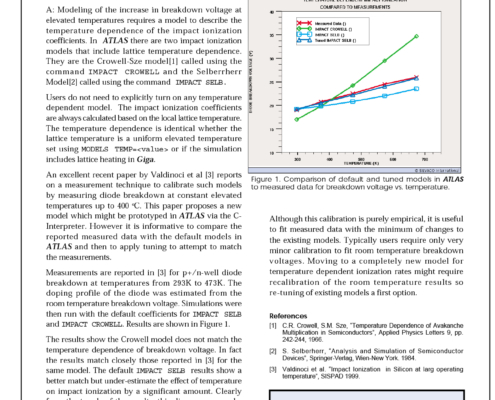
Hints & Tips August 1999
A: Modeling of the increase in breakdown voltage at elevated temperatures requires a model to describe the temperature dependence of the impact ionization coefficients. In ATLAS there are two impact ionization models that include lattice temperature dependence. They are the Crowell-Sze model[1] called using the command IMPACT CROWELL and the Selberrherr Model[2] called using the command IMPACT SELB.
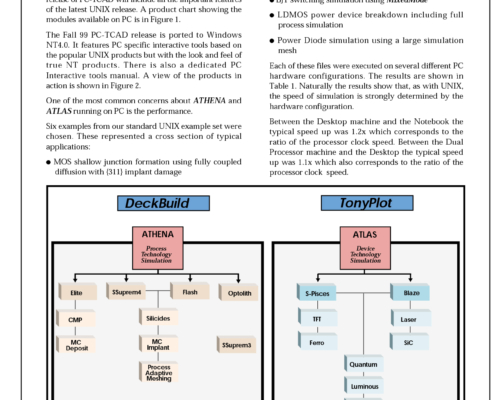
High Performance ATHENA and ATLAS Simulation on PC under NT
The recent advances in PC hardware capability in terms of memory and CPU floating point performance has allowed the possibility of running realistic sized ATHENA and ATLAS problems on PCs. The Fall 1999 release of PC-TCAD will include all the important features of the latest UNIX release. A product chart showing the modules available on PC is in Figure 1.
